Iran’s nuclear file is witnessing a rapidly escalating trajectory, underscored by its potential decision to withdraw from the Nuclear Non-Proliferation Treaty (NPT). This move could redefine the very architecture of global nuclear governance. Should this course of action materialise, it would mark the first precedent of its kind since North Korea’s withdrawal from the same treaty in 2003, transforming what might initially appear as a mere negotiating stance into a profound strategic turning point with far-reaching implications for the policies of the Middle East and the wider international order.
These Iranian threats, which began escalating in June 2025, did not emerge in a vacuum; instead, they were a direct reaction to a series of successive strategic developments. The U.S.–Israeli military strikes targeting Iranian nuclear facilities in June 2025 significantly deepened the complexity of the situation, while the crisis further intensified when the European troika (E3) announced in September 2025 the activation of the “snapback mechanism,” thereby reimposing UN sanctions on Tehran. Taken together, these measures led Iran to conclude that the economic and political value of adhering to international treaties had effectively evaporated.
The gravity of the situation extends beyond political dimensions to encompass highly sensitive technical and legal aspects. Technically, Iran possesses between 400 and 450 kilograms of uranium enriched to roughly 60%; a stockpile that places it only weeks away from producing weapons-usable fissile material if enrichment were elevated to about 90%. Legally, Iran’s invocation of Article X of the NPT would trigger an immediate cessation of the International Atomic Energy Agency’s (IAEA) oversight and remove the Comprehensive Safeguards Agreement from the equation, paving the way for near-total diplomatic isolation. Consequently, the fallout from withdrawal would transcend the confines of Tehran’s nuclear programme and create a broad regional security dilemma.
From Diplomatic Pressure to the Brink of Confrontation
Iran’s nuclear negotiations entered a decisive turning point when the European troika (E3) opted to activate the “snapback mechanism,” thereby reinstating the long-suspended UN sanctions in what it described as a “last and unavoidable measure.” This decision came in response to Tehran’s failure to address fundamental concerns over transparency and compliance, particularly in the aftermath of the military strikes that targeted its nuclear facilities in June 2025.
The European states had preceded this step with an offer presented to Iran in July 2025, proposing a limited, one-time extension on the condition that Tehran take concrete measures — including the resumption of negotiations with the U.S., renewed compliance with safeguard procedures, and resolution of the issue surrounding its stockpile of highly enriched uranium. However, Tehran failed to engage seriously with the proposal and, in particular, neglected to fulfil two key requirements: first, allowing IAEA inspectors to regain full access to nuclear sites; and second, preparing a detailed report specifying the quantity and type of its highly enriched uranium reserves.
As a result of Iran’s refusal to implement the required measures, the “snapback mechanism” reactivated the full range of UN sanctions, effectively eroding the main economic incentive that had previously driven Tehran to comply with the nuclear agreement and nullifying the exemptions it had granted. This development negatively affected Iran’s continued commitment to the Nuclear Non-Proliferation Treaty. Voices within the Iranian parliament grew louder, calling for withdrawal from the treaty, which Tehran had ratified in 1970, on the grounds that remaining within it no longer offered any strategic or economic justification.
The Legal Framework for Withdrawal: Article X and Tehran’s Justifications
Article X of the Nuclear Non-Proliferation Treaty establishes a clear legal framework governing the withdrawal of any state party, outlining the procedural requirements and setting a precise timetable for the international consequences arising from such a decision. The core legal provision stipulates that each party to the treaty, acting under its national sovereignty, has the right to withdraw should its leadership determine that continued adherence no longer aligns with its supreme interests. However, this right is conditional upon the occurrence of “extraordinary events” that directly affect the state’s security and essential national interests.
Although the term “extraordinary events” is often interpreted broadly, with its determination left mainly to the withdrawing party’s own assessment, Tehran views the series of escalating measures it has faced as a compelling justification for withdrawal. These measures include the continuation of economic sanctions, the denial of access to peaceful nuclear technology, and the military operations targeting its nuclear facilities in June 2025. Tehran argues that such pressures, accompanied by espionage accusations and cyberattacks, amount to unlawful attempts to undermine its nuclear programme and pose a direct threat to its national security.
To complete the withdrawal process, the treaty requires the concerned state to notify all other parties and the UN Security Council, ensuring that the grave repercussions of the decision are immediately brought into the international arena. The framework stipulates that three months must pass from the date of notification before the withdrawal takes effect. This timeline is not merely procedural; in practice, it marks a countdown to a potential international crisis.
The Domestic Front: Between the Supreme Leader’s Fatwa and Strategic Necessity
Iran has long upheld, in international forums, an official principle grounded in the fatwa issued by Supreme Leader Ali Khamenei, which prohibits the possession of nuclear weapons. For years, this decree has served as one of the main pillars underpinning Tehran’s claim that its nuclear programme is entirely peaceful. However, many international observers regard the fatwa as more political than doctrinal, suggesting that the Supreme Leader could revoke it should national security imperatives demand. Signs of this shift began to surface as early as February 2025, when senior figures within the Islamic Revolutionary Guard Corps (IRGC) reportedly pressured Khamenei to lift the religious ban formally. Should Iran withdraw from the Nuclear Non-Proliferation Treaty, such a move could provide the necessary political and security justification to legitimise this doctrinal reversal and pave the way for the regime’s transition toward an overt weaponisation policy.
The U.S. and Israeli strikes undermined confidence in the diplomatic path. They reinforced the hardliners’ conviction that adherence to international agreements yields no tangible gains and that Western guarantees are inherently unreliable. The reinstatement of sanctions further deepened domestic divisions, producing an evident polarisation between the moderate and hardline factions. Consequently, the collapse of the nuclear deal was perceived as a triumph for the hardliners, led by Saeed Jalili, who had consistently criticised the Joint Comprehensive Plan of Action (JCPOA) as a compromise of national sovereignty without any real economic return. In contrast, the moderates, foremost among them former President Hassan Rouhani, who had pinned hopes on the deal to deliver economic relief and improve relations with the West, saw their influence markedly diminished. The declining economic viability of the nuclear deal coincided with rising security risks following the June 2025 strikes, reinforcing the hardliners’ conviction that a deterrent nuclear option represents the most reliable guarantee of the regime’s survival. Consequently, abandoning international transparency has come to be seen as politically less costly than the potential security gains derived from maintaining strategic ambiguity over Iran’s nuclear capabilities.
Iran’s suspension of cooperation with the IAEA further entrenched this approach when it refused to readmit inspectors immediately after the attacks, signalling the beginning of a new phase dominated by considerations of national interest and regime security. As political tensions escalated, members of parliament adopted an increasingly confrontational tone, calling for Iran’s immediate withdrawal from the Non-Proliferation Treaty and even urging the pursuit of nuclear weapons development as a deterrent option. President Masoud Pezeshkian, meanwhile, adopted a defensive stance — limiting his response to blaming the European states for activating the snapback mechanism and urging the public to “resist,” without offering a practical diplomatic pathway out of the crisis. Ultimately, the decisive choice rests with the Supreme Leader, who alone retains the authority to determine the trajectory of Iran’s international commitments.
The Cost of Withdrawal
Withdrawal would have profoundly dangerous implications for the international safeguards regime, opening the door for Tehran to construct new nuclear facilities dedicated to weapon production beyond the oversight of the International Atomic Energy Agency (IAEA). Tehran could exploit its domestic supply chains and existing stockpile of highly enriched uranium (HEU)—a stockpile that remained largely untouched by the June 2025 strikes. The IAEA has previously indicated that it lost the ability to account for this material following pre-emptive Iranian measures that included moving nuclear material from key sites such as Fordow and Isfahan. Estimates place the relocated quantity at roughly 450 kilograms of uranium enriched to about 60%— a volume that approaches the threshold of around 90% enrichment required for weapons-usable material.
If centrifuge cascades were fed with some 400 kilograms of uranium hexafluoride (UF6) enriched to 60%, Iran could, according to technical projections, reach 90% enrichment within approximately three weeks. In such a scenario, Iran’s HEU would no longer be subject to international safeguards and would instead fall under purely domestic control, greatly facilitating its potential diversion to military purposes.
The convergence of factors, Iran’s ongoing nuclear development, its undeclared stockpile, and its potential withdrawal from the treaty’s legal framework, dramatically heightens the risk of a direct military confrontation. Several reports suggest that the U.S. and Israeli strikes only temporarily disrupted Iran’s nuclear programme.
Moreover, Iran’s withdrawal from the Nuclear Non-Proliferation Treaty would likely precipitate a severe collapse of regional non-proliferation norms and potentially ignite a nuclear arms race in the Middle East. Such a chain reaction would trigger a wave of proliferation across the region, exacerbating its already fragile security landscape and producing long-term repercussions for the stability of global markets that depend heavily on the Middle East’s geopolitical equilibrium.
In conclusion, Tehran has wielded the threat of withdrawal from the Nuclear Non-Proliferation Treaty as a lever of political and diplomatic coercion, designed to extract bargaining gains and concessions from external powers. Yet the strategic shifts that occurred after August 2025 have eroded the efficacy of that instrument. In particular, the European decision to trigger the snapback and fully reinstate UN sanctions eliminated the diplomatic and economic incentives for remaining in the treaty. That reversal has upended Tehran’s cost-benefit calculus: the marginal additional economic pain of formal withdrawal now appears lower than the assured security gains associated with armament. Consequently, the threat of withdrawal has ceased to function primarily as a bargaining posture and has become instead a deliberate political step toward establishing a legal pretext for rearmament. Hardline calls for the construction of a nuclear arsenal, together with regime measures that prioritise opacity — notably the transfer of uranium stocks away from international oversight — indicate that Iran is moving decisively along a path from which reversal will be difficult, if not impossible, and toward the acquisition of a future nuclear deterrent.
References
Amwaj.media. “Former Iranian Nuclear Negotiators Eye Public Debate as Factional Strife Heats Up,” October 6, 2025. Accessed October 7, 2025. https://amwaj.media/en/media-monitor/former-iranian-nuclear-negotiators-eye-public-debate-as-factional-strife-heats-up
Arms Control Association. “Iran’s Nuclear Program After the Strikes: What’s Left and What’s Next? | Arms Control Association,” July 9, 2025. Accessed October 4, 2025. https://www.armscontrol.org/issue-briefs/2025-07/irans-nuclear-program-after-strikes-whats-left-and-whats-next
Azizi, Hamidreza. “Iran and Nuclear Opacity: Strategic Ambiguity, Retaliation, and Leverage.” Middle East Council on Global Affairs, September 24, 2025. Accessed September 30, 2025. https://mecouncil.org/publication/iran-and-nuclear-opacity-strategic-ambiguity-retaliation-and-leverage/
Bollfrass, Alexander K., and Chelsey Wiley. “Iran’s Nuclear Programme After the Strikes.” IISS, July 15, 2025. Accessed October 5, 2025. https://www.iiss.org/online-analysis/online-analysis/2025/07/irans-nuclear-programme-after-the-strikes/
Foreign, Commonwealth & Development Office. “E3 Joint Statement on Iran: Activation of the Snapback.” Press release. GOV.UK, September 28, 2025. Accessed October 3, 2025. https://www.gov.uk/government/news/e3-joint-statement-on-iran-activation-of-the-snapback
Golkar, Saeid. “Khamenei’s Nuclear Fatwa: Religious Ruling or Political Strategy?” Norwich University, February 11, 2025. Accessed September 30, 2025. https://www.norwich.edu/topic/all-blog-posts/khameneis-nuclear-fatwa-religious-ruling-or-political-strategy
Joyner, Daniel. “What if Iran Withdraws from the Nuclear Nonproliferation Treaty? Part I: Can They Do That?” ESIL Reflections, December 13, 2013. Accessed September 30, 2025. https://esil-sedi.eu/post_name-631/
Kim, Victoria. “The Effectiveness of UNSC Sanctions: The Case of nor Eness of UNSC Sanctions: The Case of North Korea.” Syracuse University, season-01 2017. Accessed October 2, 2025. https://surface.syr.edu/cgi/viewcontent.cgi?article=2041&context=honors_capstone
Kobayashi, Yuki. “Preliminary Assessment of Iran’s Nuclear Development and the Attacks on Nuclear-Related Facilities.” The Sasakawa Peace Foundation, July 23, 2025. Accessed October 3, 2025. https://www.spf.org/spf-china-observer/en/eisei/eisei-detail013.html
Kwong, Jamie. “Bargaining Short of the Bomb: A Strategy for Preventing Iranian NPT Withdrawal.” Carnegie Endowment for International Peace, April 9, 2025. Accessed October 5, 2025. https://carnegieendowment.org/research/2025/04/bargaining-short-of-the-bomb-a-strategy-for-preventing-iranian-npt-withdrawal?lang=en
Loft, Philip, and Claire Mills. “The E3 Triggers Snapback Sanctions Against Iran 2025.” House of Commons Library. House of Commons Library, September 25, 2025. Accessed October 2, 2025. https://researchbriefings.files.parliament.uk/documents/CBP-10330/CBP-10330.pdf
Nah Liang Tuang. “The Road to a Nuclear Breakout: Comparing Iran and North Korea.” The Diplomat, February 8, 2020. Accessed October 1, 2025. https://thediplomat.com/2020/02/the-road-to-a-nuclear-breakout-comparing-iran-and-north-korea/
Sharma, Yashraj. “What Is the NPT, and Why Has Iran Threatened to Pull Out of the Treaty?” Al Jazeera, June 17, 2025. https://www.aljazeera.com/news/2025/6/17/what-is-the-npt-and-why-has-iran-threatened-to-pull-out-of-the-treaty
The Soufan Center. “The Potential for a Dangerous Arms Race in the Middle East,” October 10, 2024. Accessed October 4, 2025. https://thesoufancenter.org/intelbrief-2024-october-10/
Turani, Behrouz. “Sanctions Response Betrays Tehran’s Entrenched Divides, Policy Drift.” Iran International, September 30, 2025. https://www.iranintl.com/en/202509295561

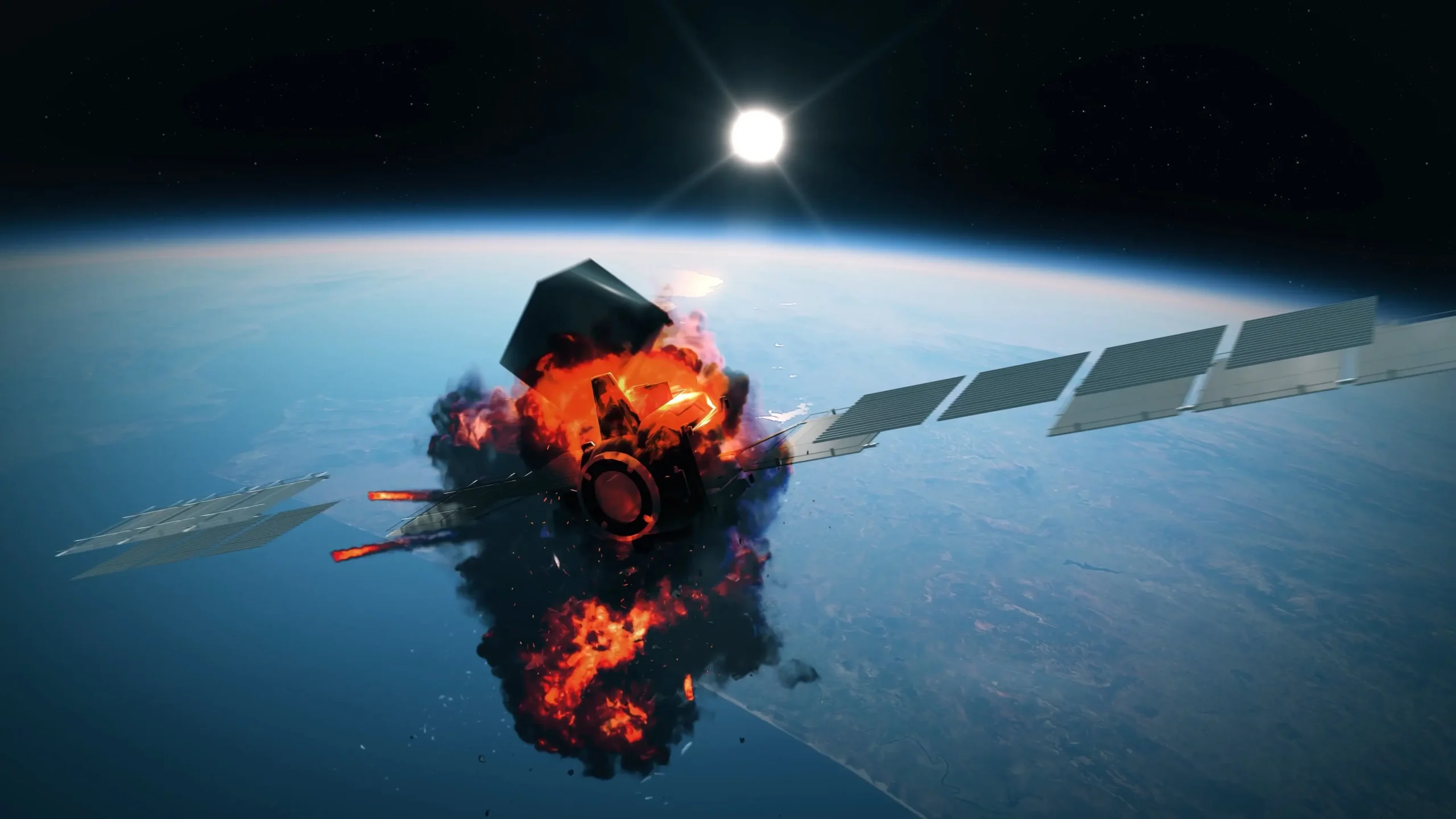
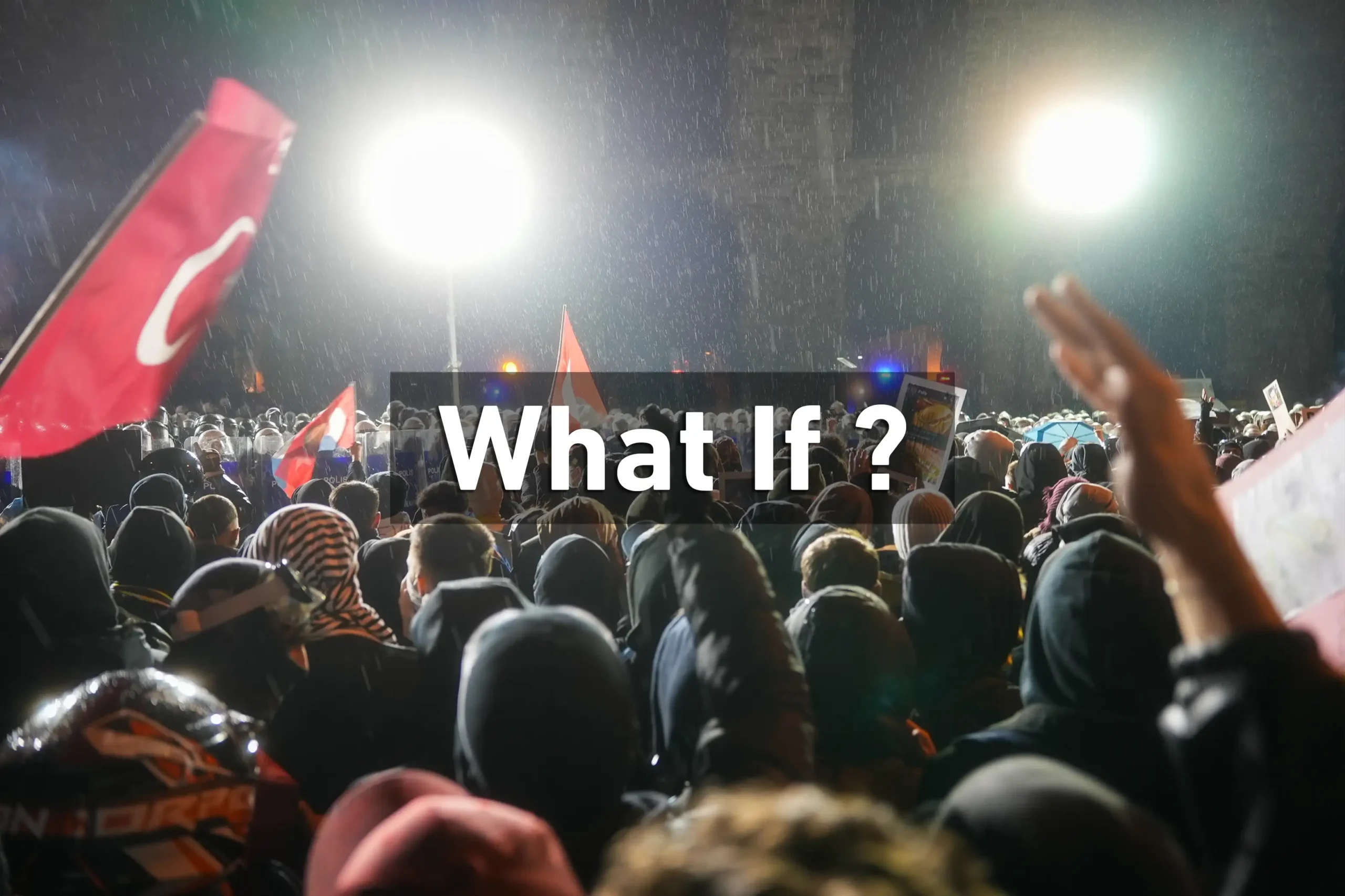

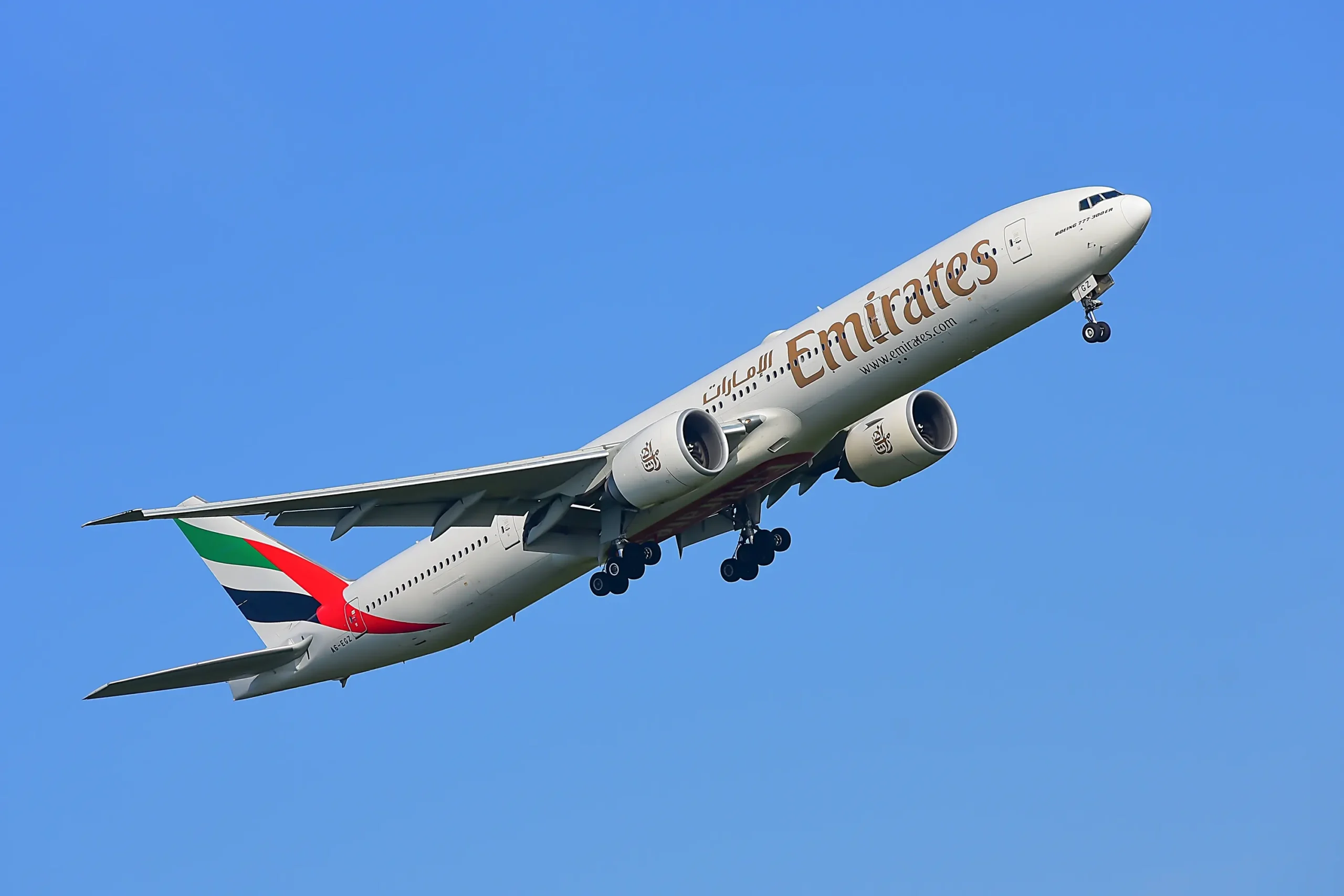
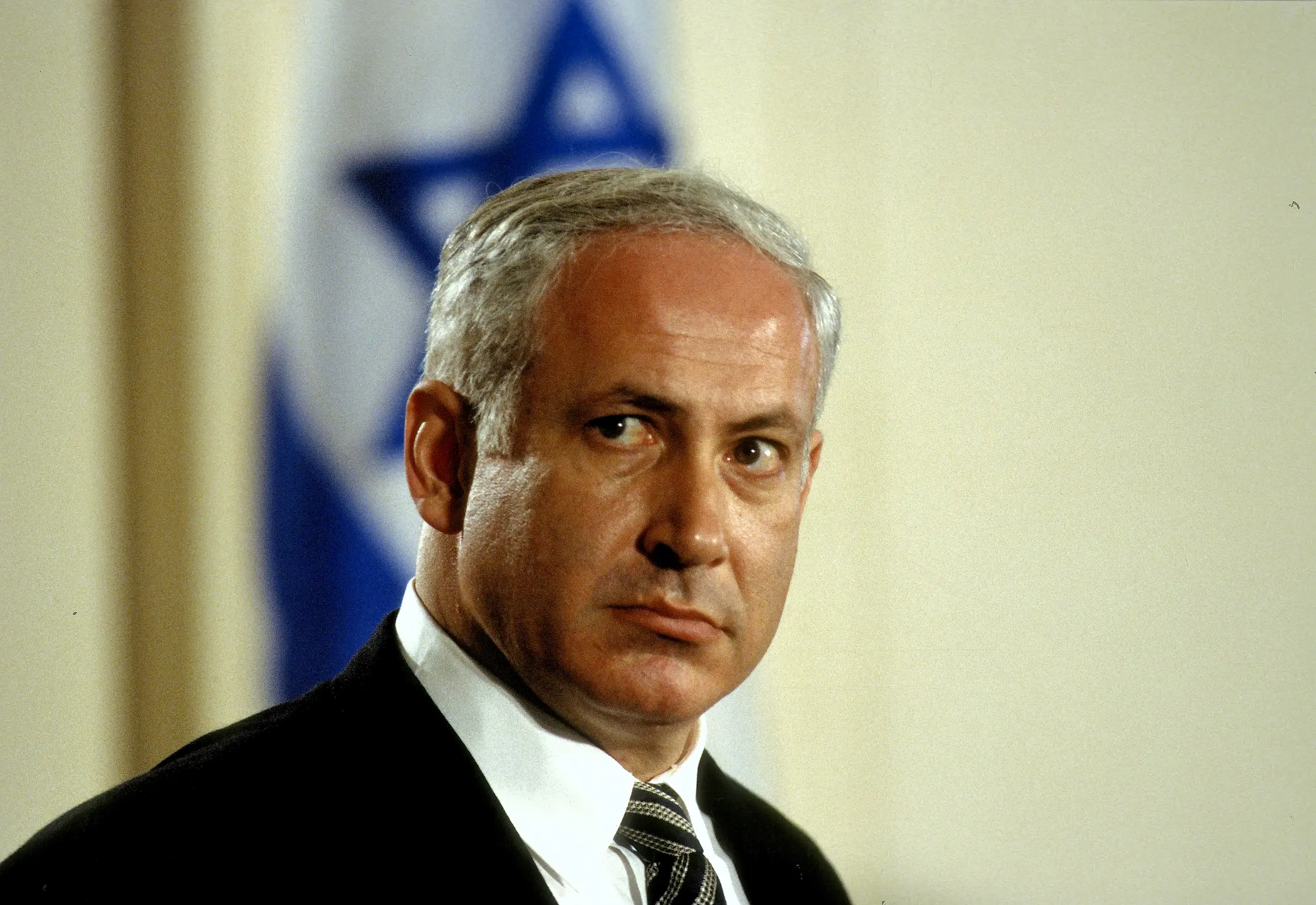

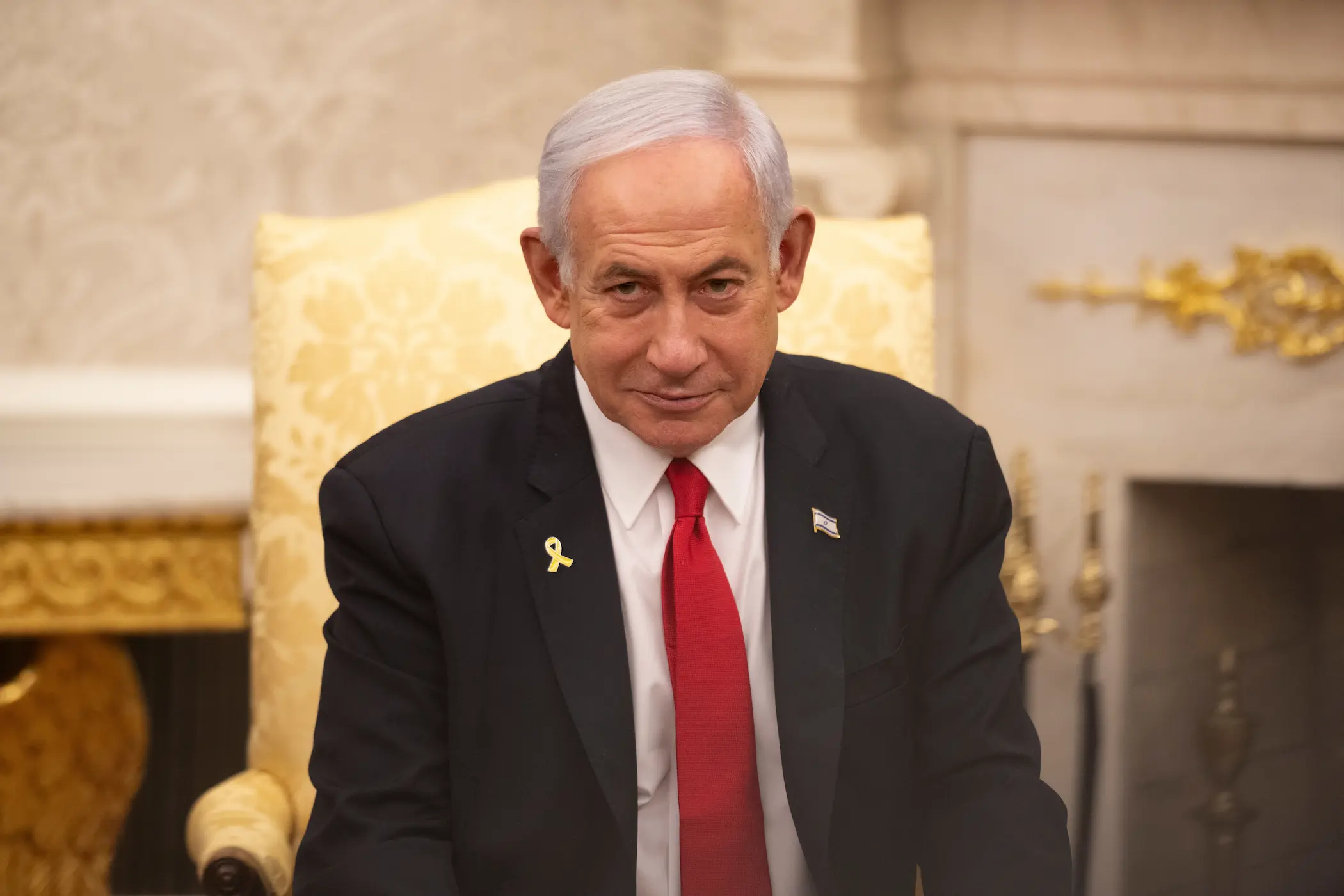
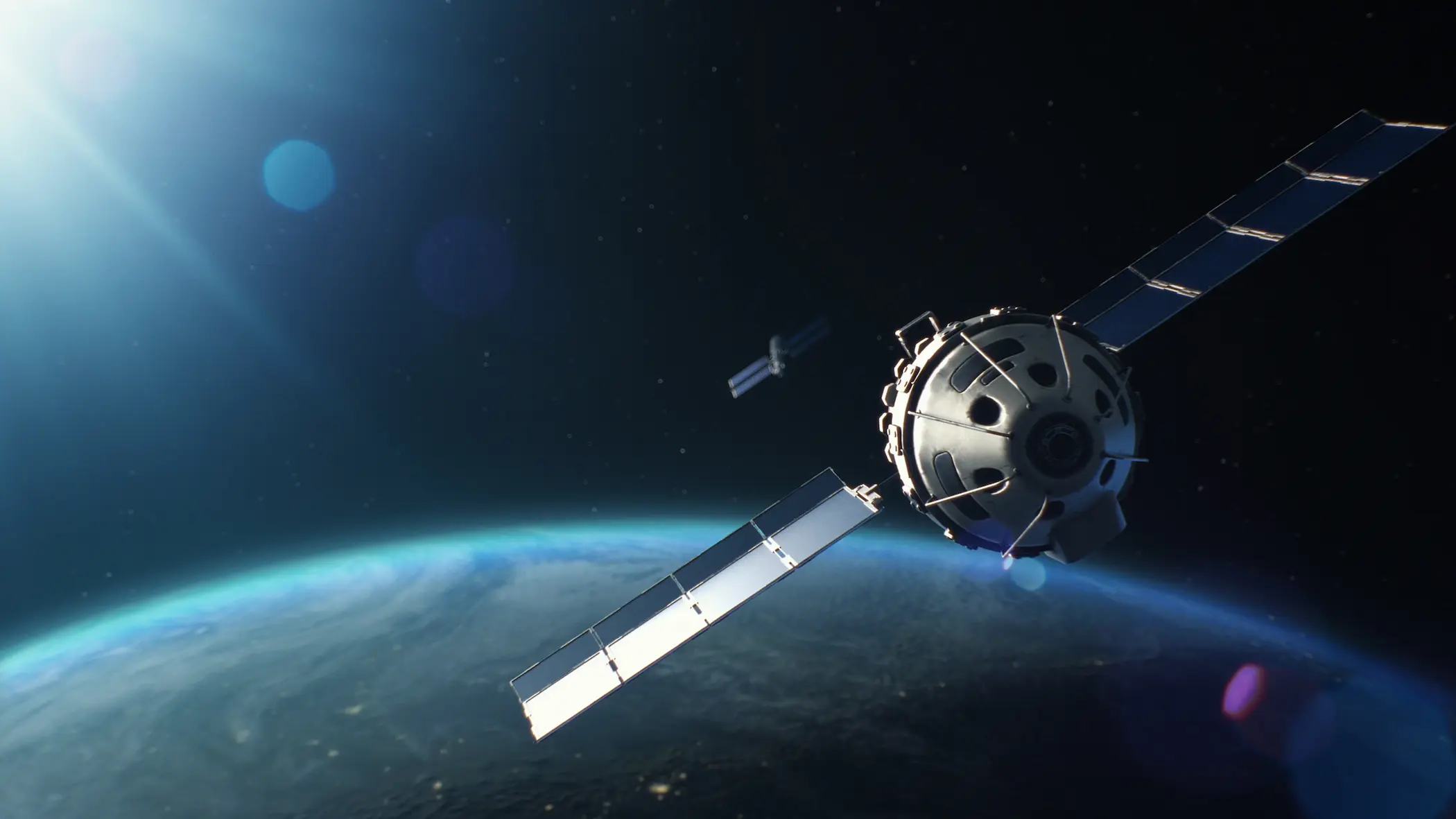
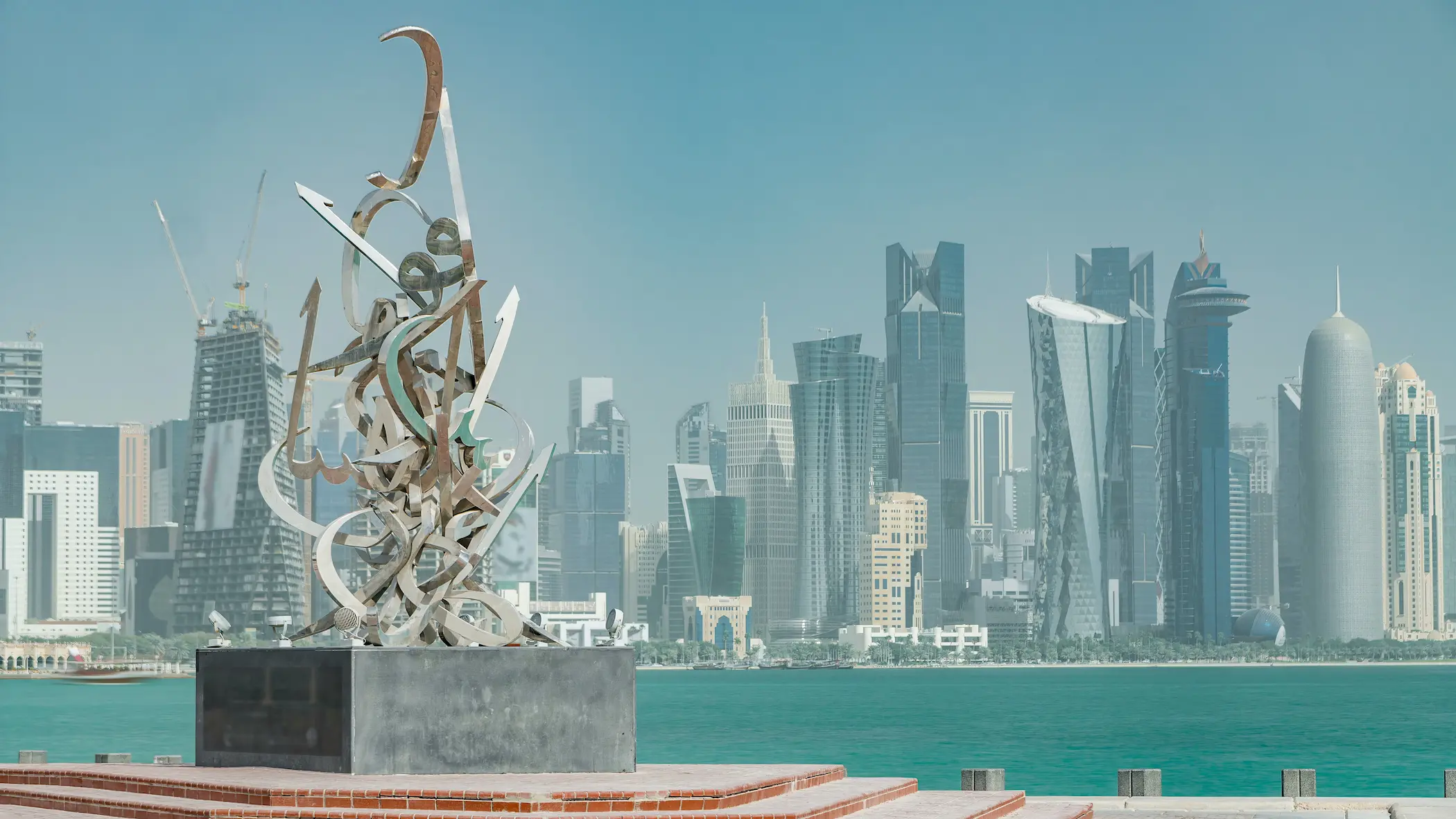
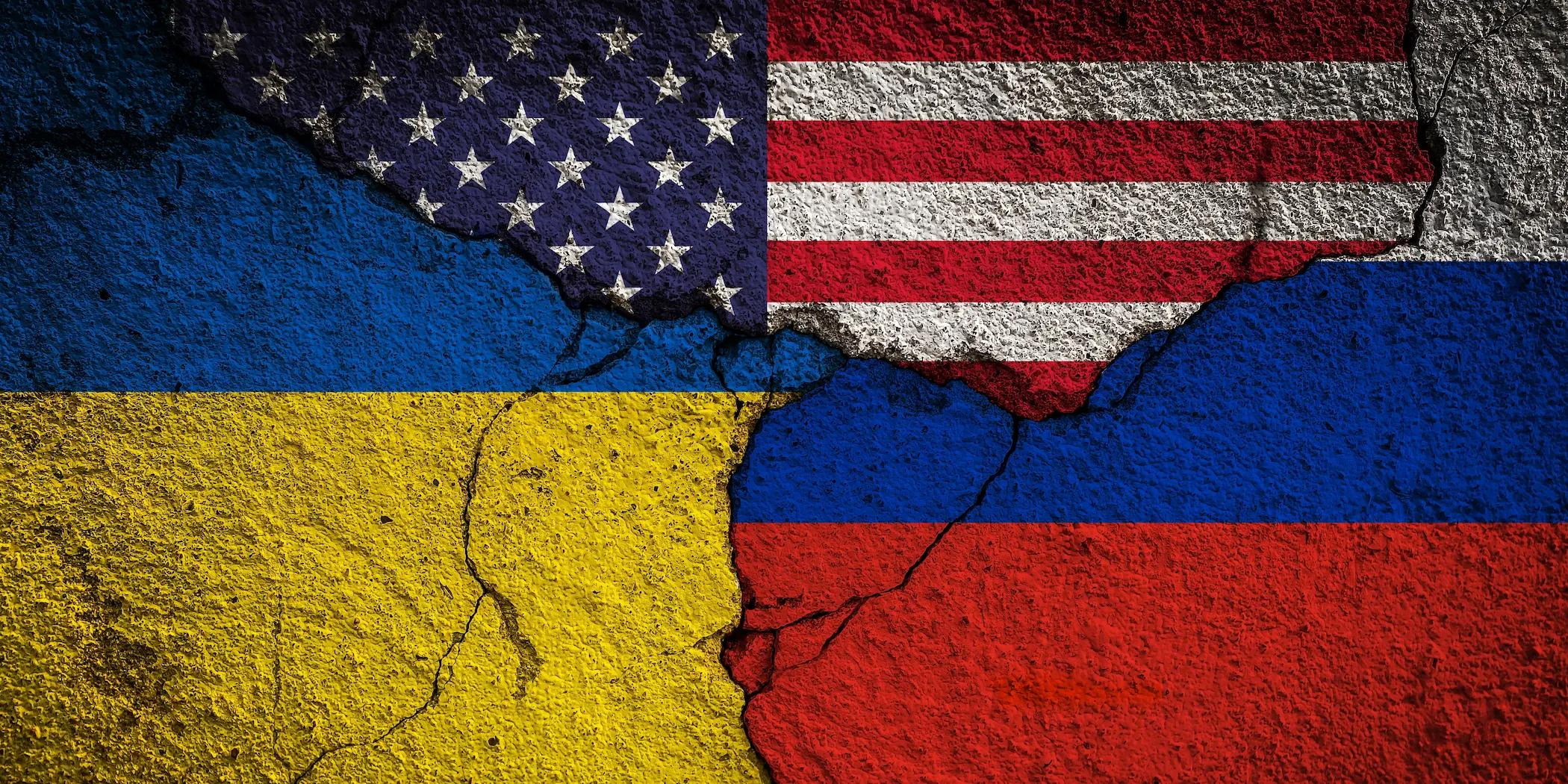
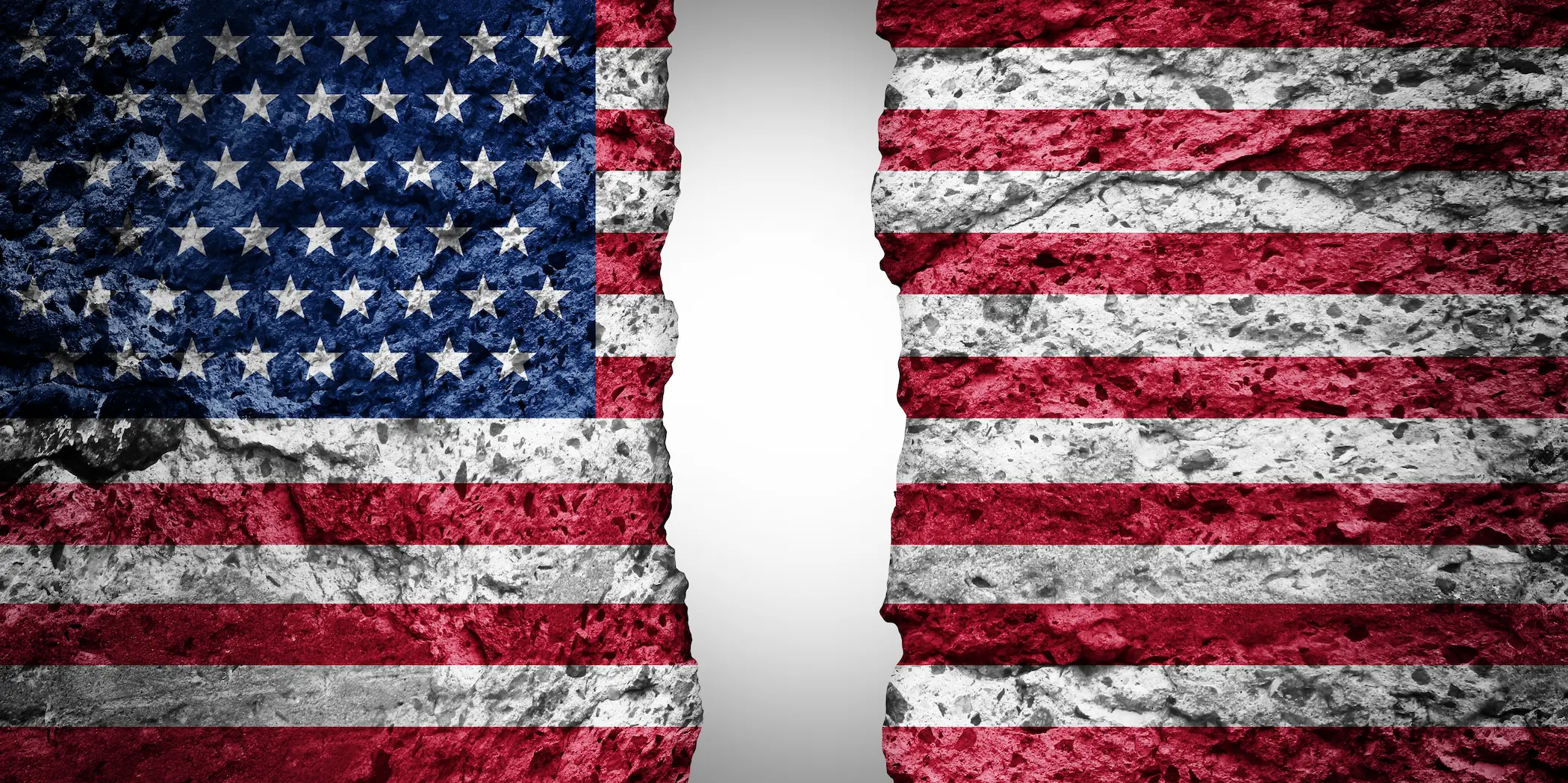
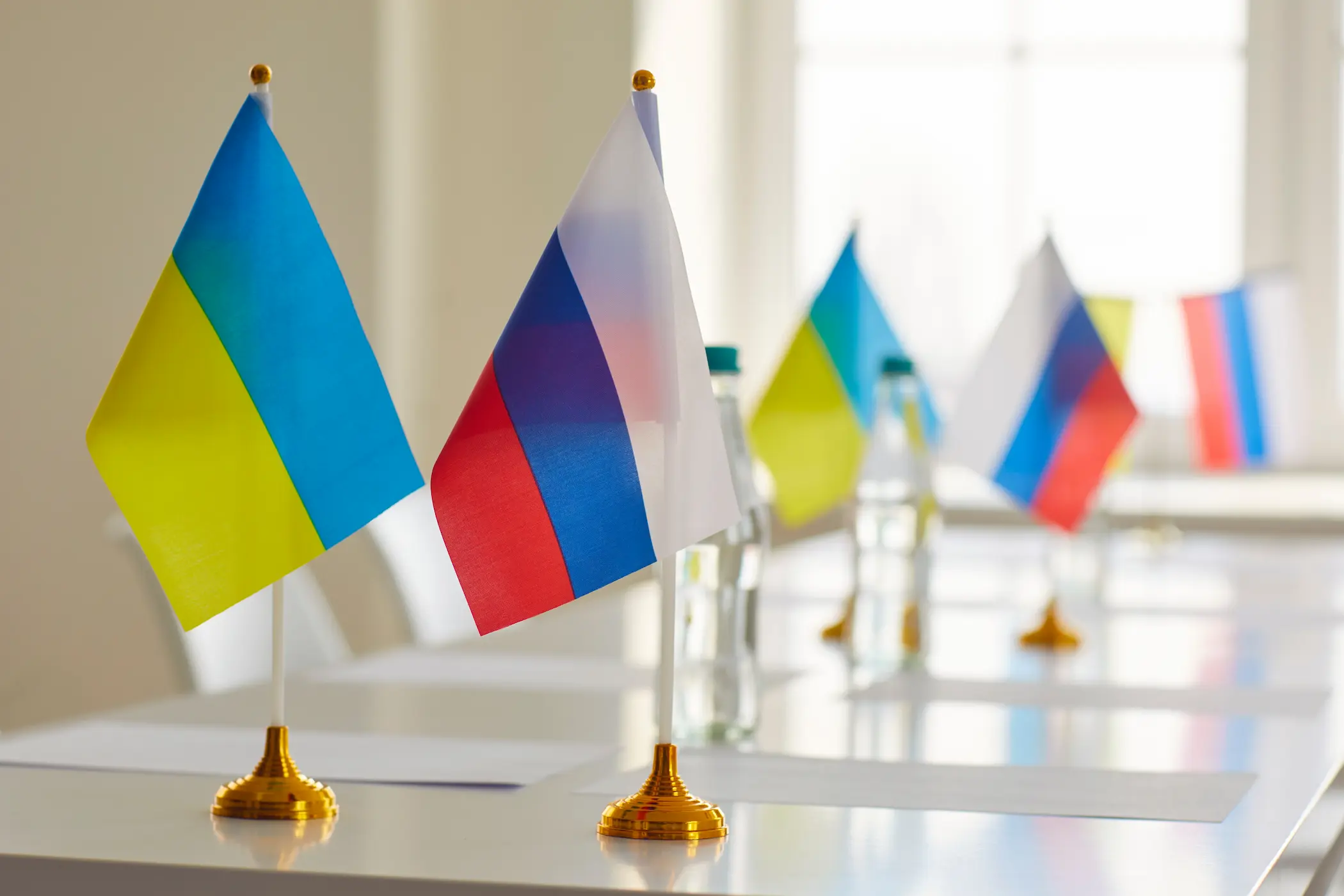
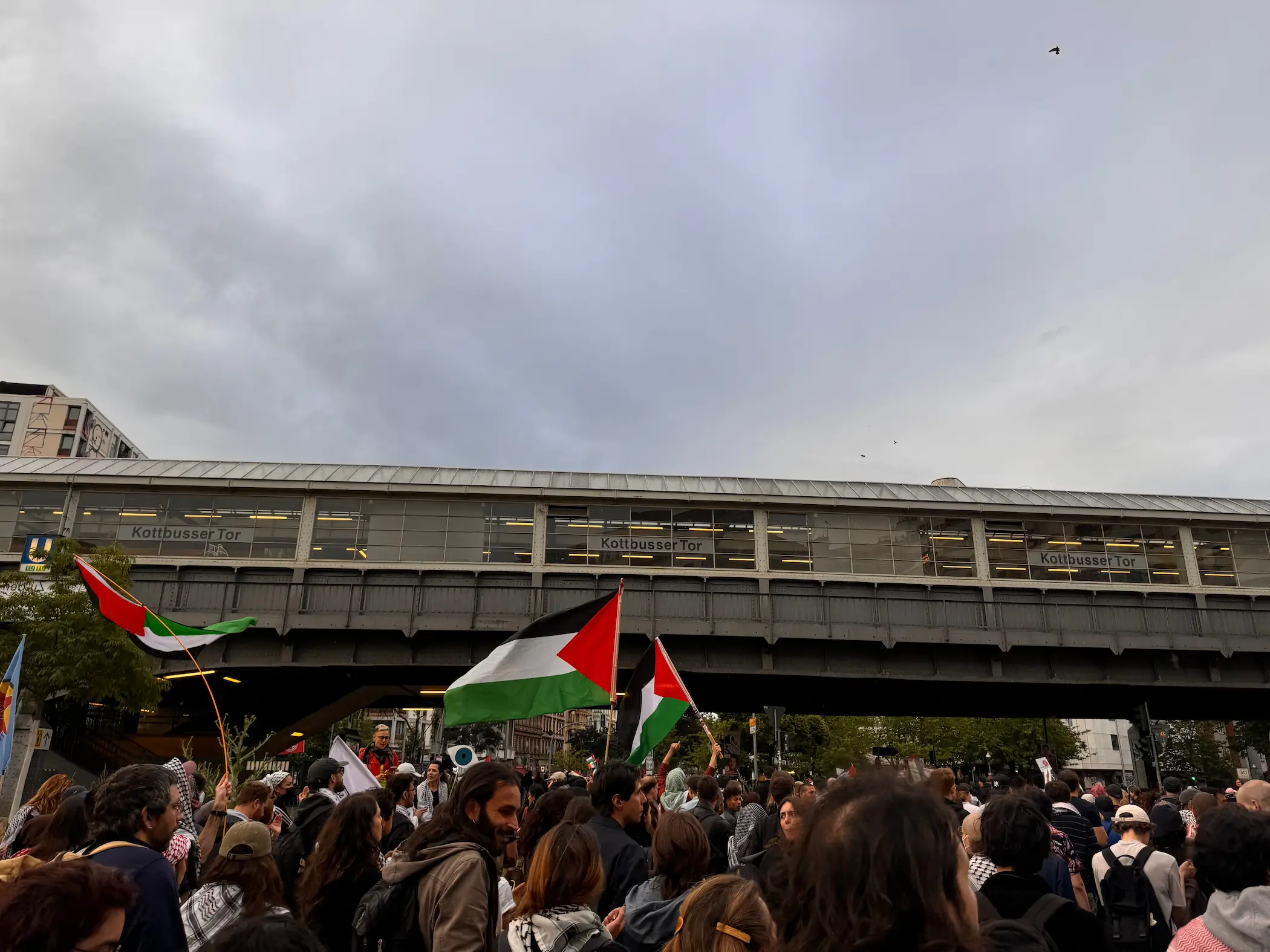
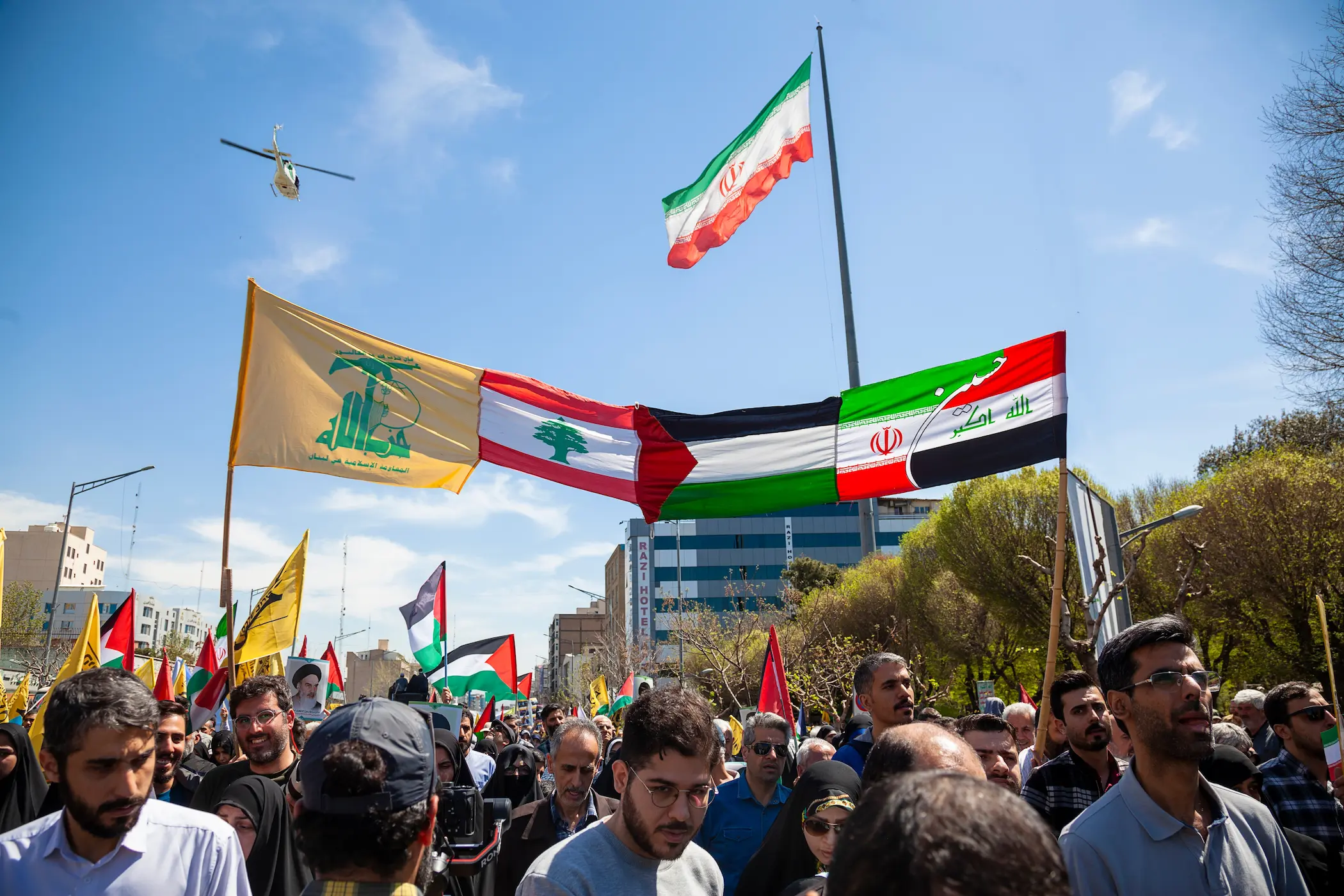
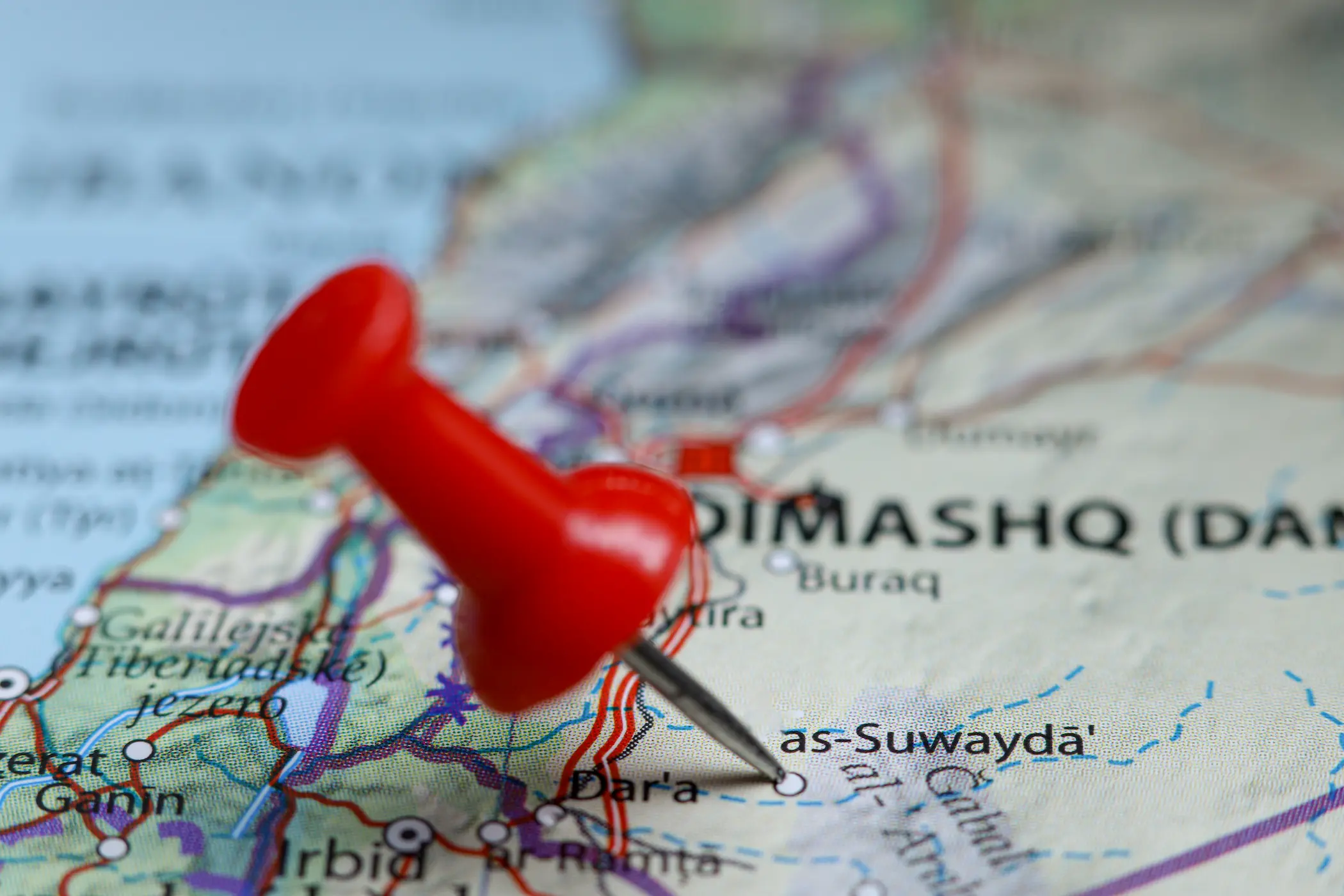
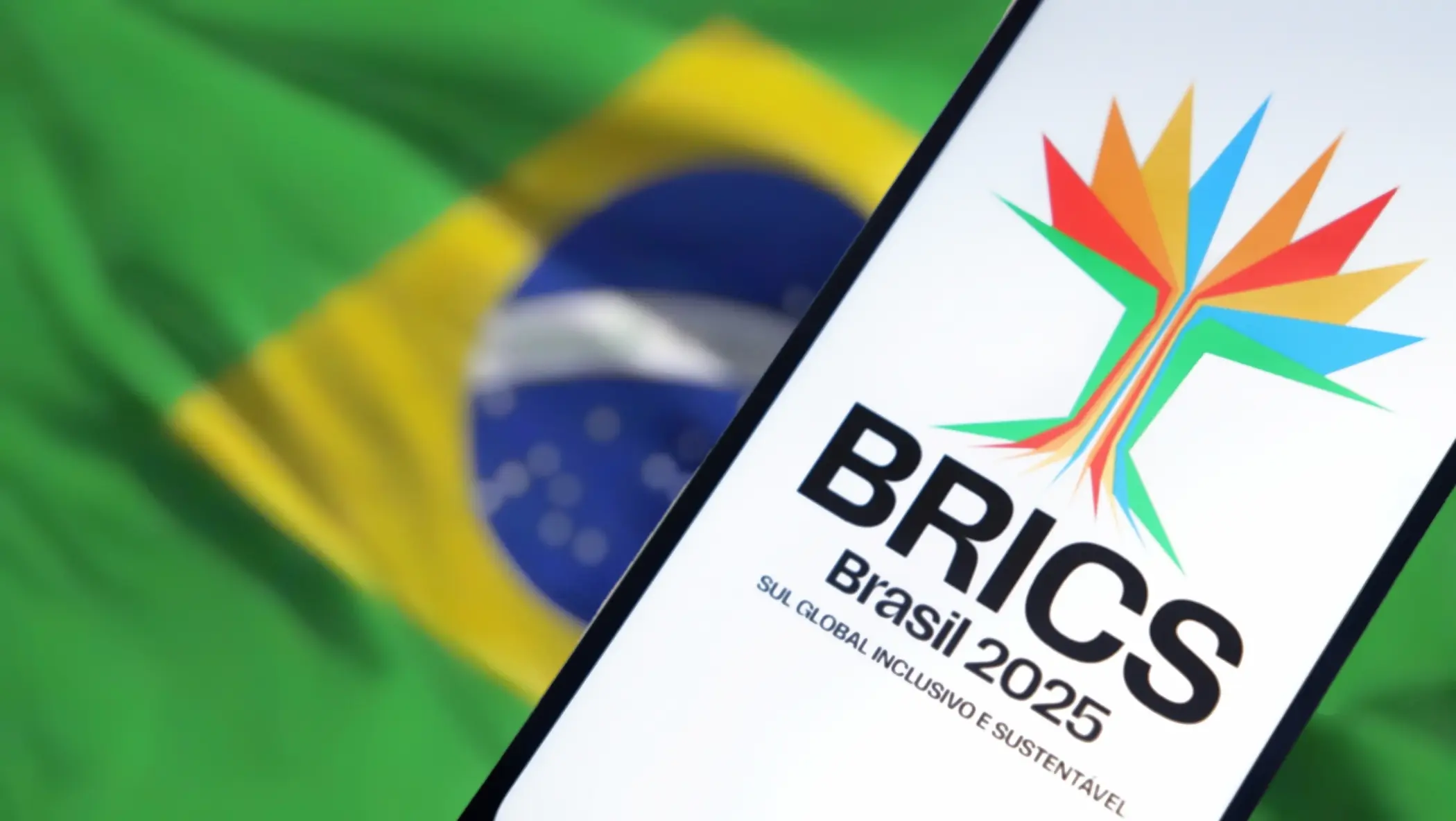
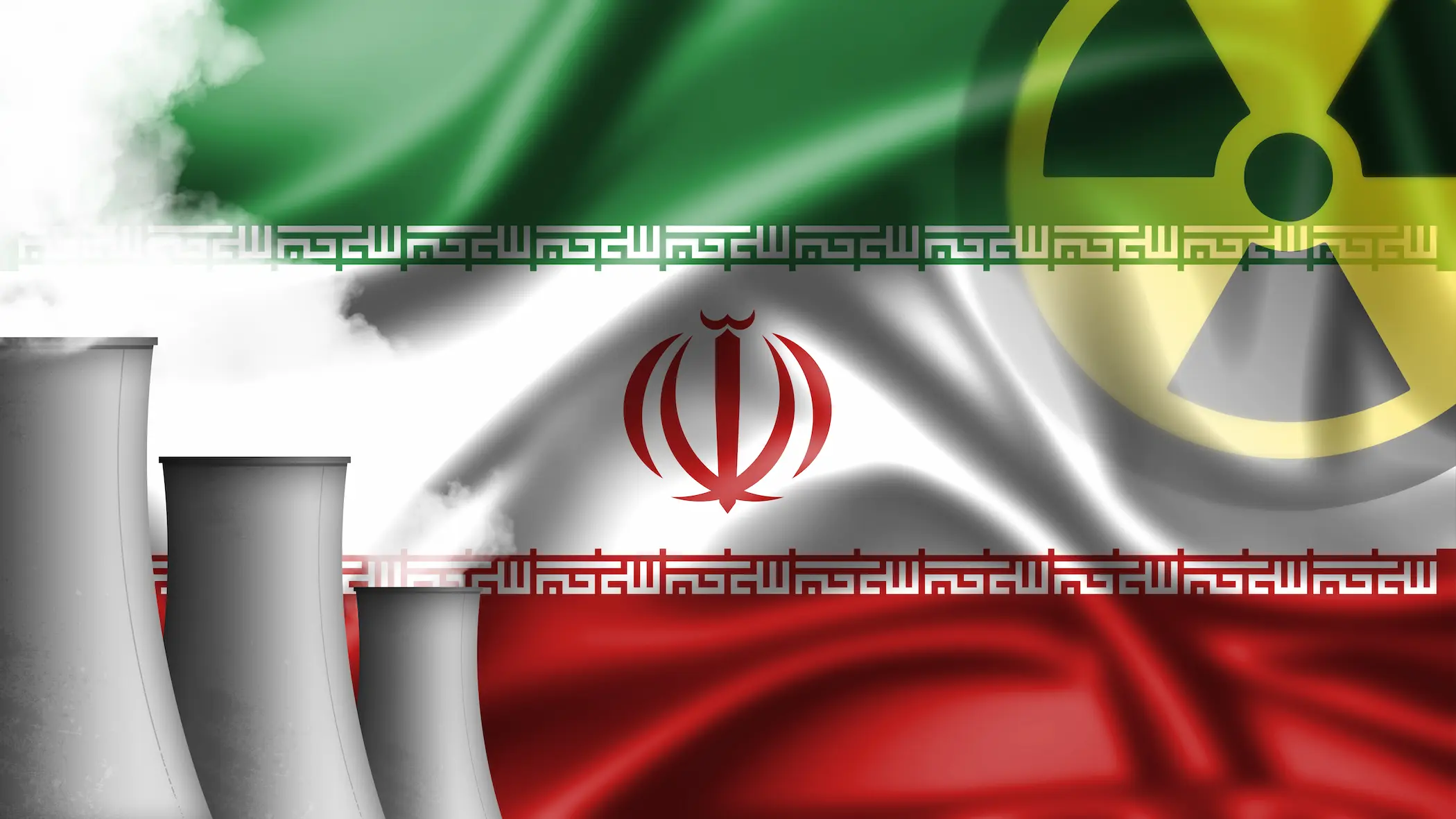

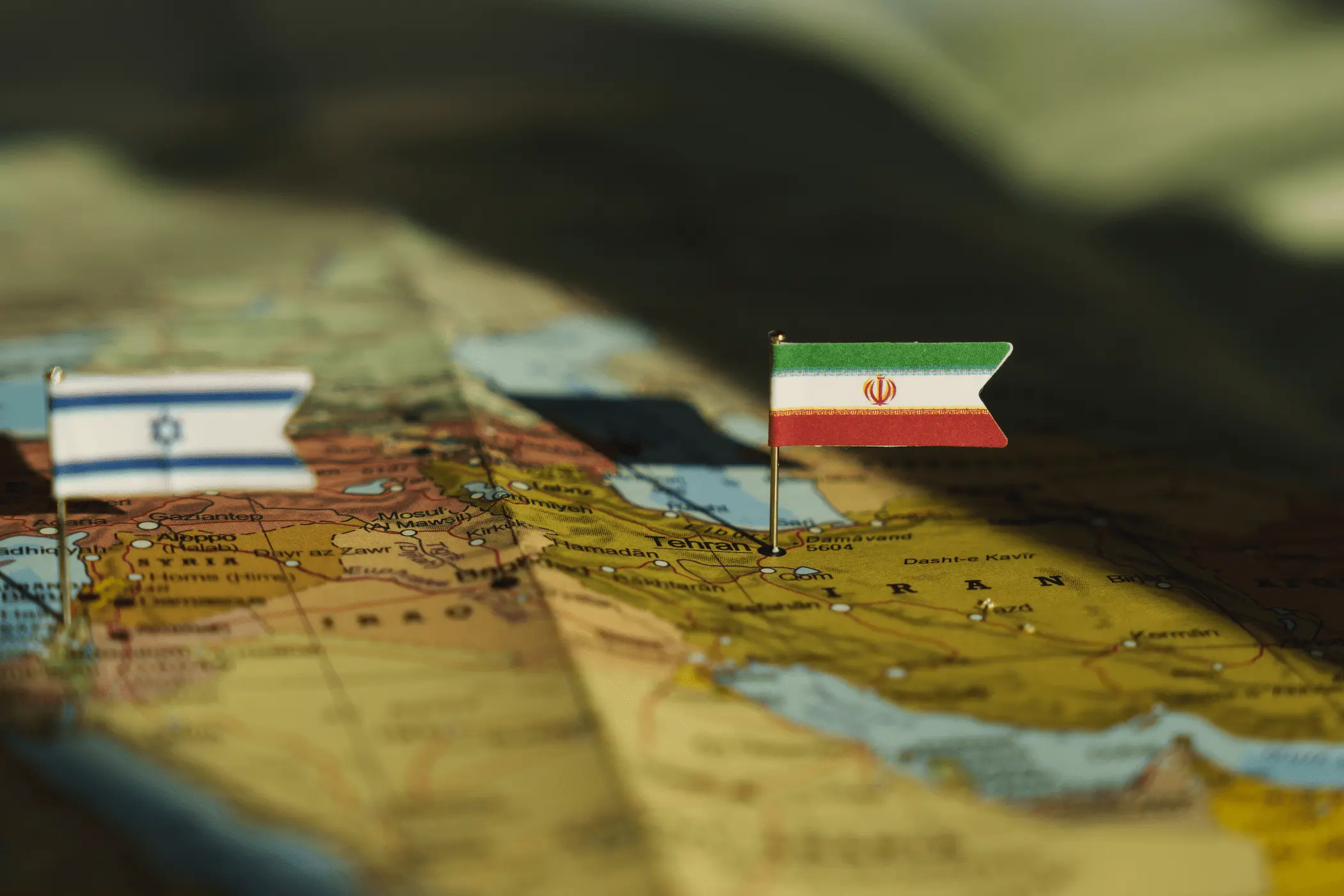
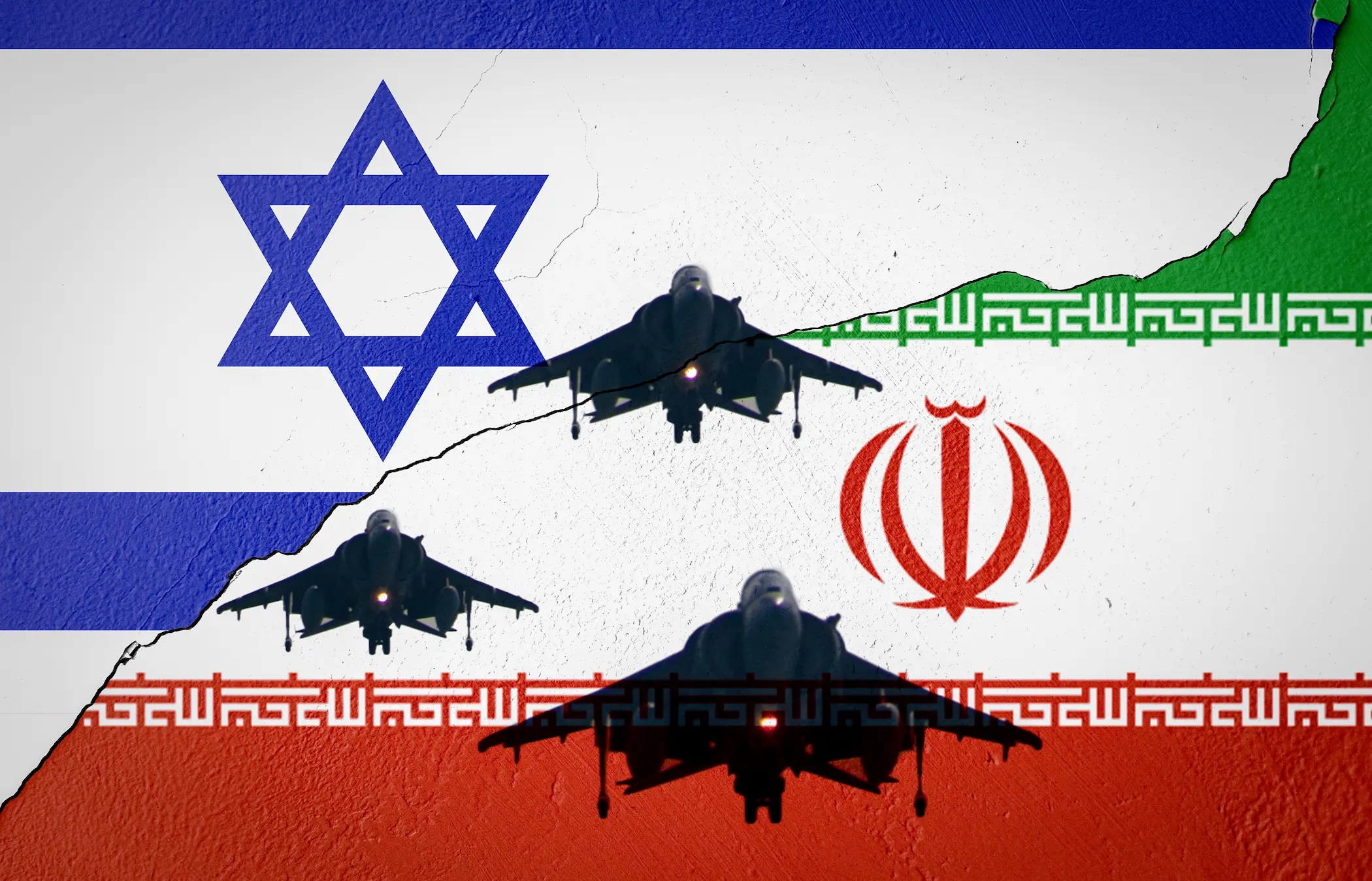
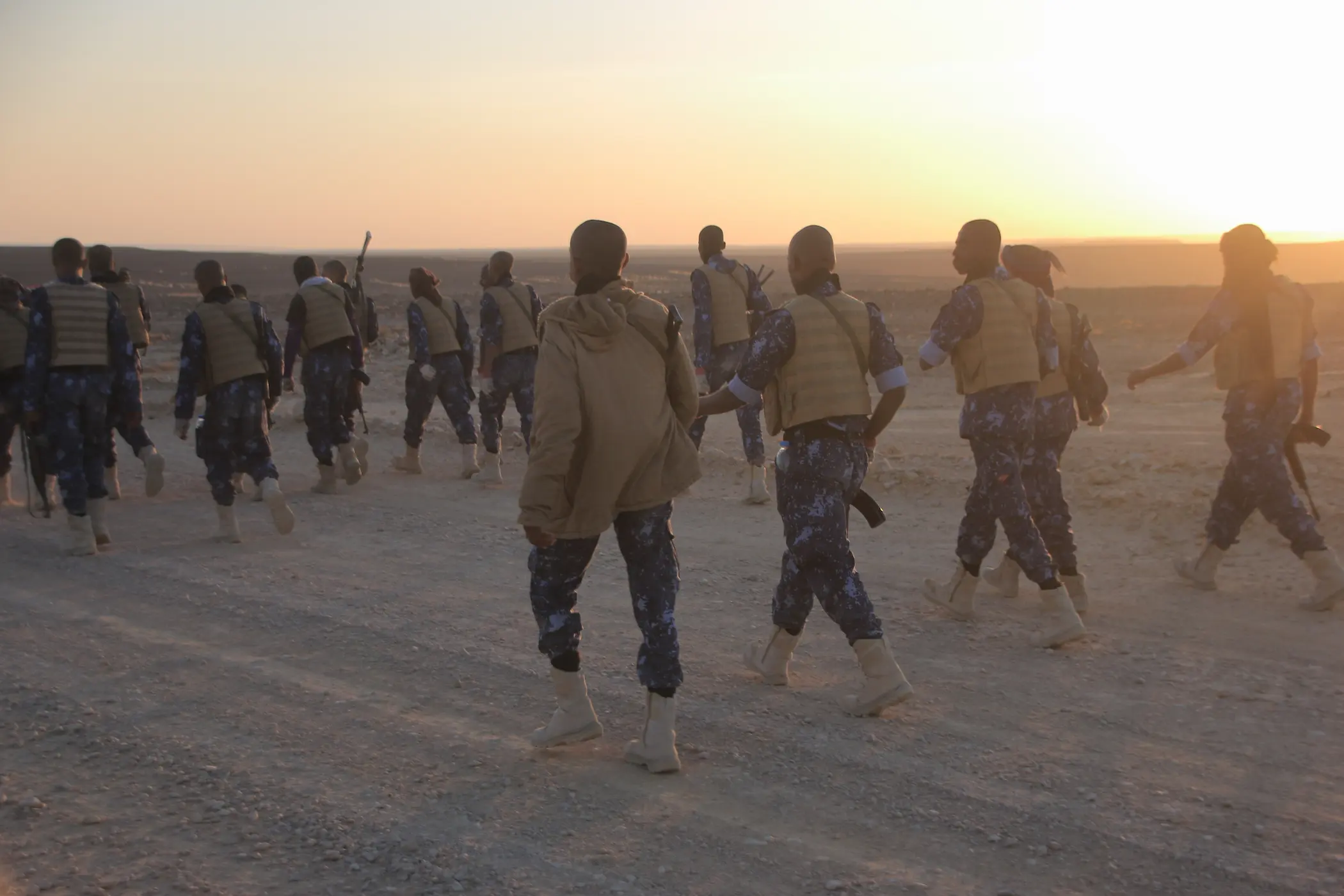
Comments